Eliminate leaks without problems! Sealant for home heating systems
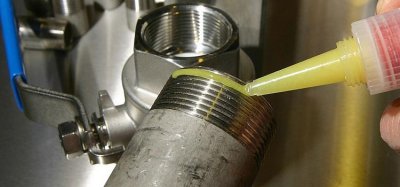
Liquid sealants are used to seal cracks in the heating system.This substance is sold in any hardware store and does not cost much.
However, the product is only used to eliminate small cracks; it is useless to seal large holes with it.
Content
- Types of sealants for pipes, threaded connections
- Liquid sealant for eliminating leaks in pipes, use with antifreeze
- What to rely on when choosing
- Selecting a high-temperature sealant for a boiler and heating system in a private home
- Preparatory work before filling batteries and pipes
- Useful video
- Effectiveness of sealants in case of leaks
Types of sealants for pipes, threaded connections
For sealing small holes and cracks in the heating system The following sealants are used:
- Based on oligomers
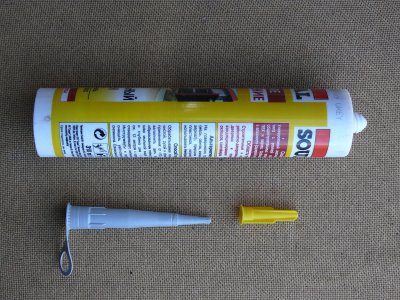
Easy to operate and inexpensive. Widely used in construction (window installation, wall coverings, etc.).
There are a large number of subtypes — polyurethane, polysulfide and others. Not all oligomeric substances are effective for sealing seams in heating systems, so read the instructions before purchasing.
- Acrylic
Inexpensive, adheres well to various porous surfaces (wood, concrete, brick, plaster, etc.). Easily processed with sandpaper and other abrasive surfaces. Allowed to paint and cover with primer. The main disadvantages are poor water resistance, dependence on ambient temperature, average mechanical strength after drying, etc.
That's why This composition is used to cover surfaces located inside the house. It is permissible to cover heating pipes with this compound if the temperature inside the system is not very high.
- Thiokol
Resistant to mechanical damage after hardening. Does not come into contact with gasoline, paints, solvents and other chemically active substances. Withstands atmospheric precipitation well. The optimal temperature range for use is from -50 to +80 degreesDue to its high inertness, it is possible to coat surfaces and pipes that will come into contact with chemically active substances.
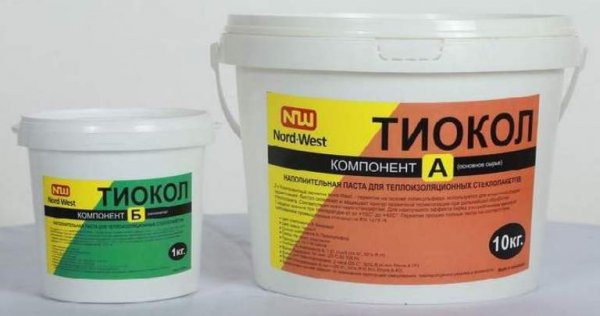
Photo 1. Two cans (1 and 10 kg) of thiokol sealant from the manufacturer Nord-West. A similar substance is used for heating systems.
- Silicone
The most common type. They differ from others in their low price and relatively high quality. They withstand temperature fluctuations within from -30 to +60 degrees, tolerate contact with water and mechanical deformation well, as well as contact with chemically active substances.
After hardening, there is no point in painting it in a different color, because the paint will peel off from the hardened surface (that is why a dye is added to this compound). There are many subtypes of silicone sealants, to which various additives are added to improve the properties of the composition. For example, natural or synthetic fungicides are added to this substance to destroy fungus.
Liquid sealant for eliminating leaks in pipes, use with antifreeze
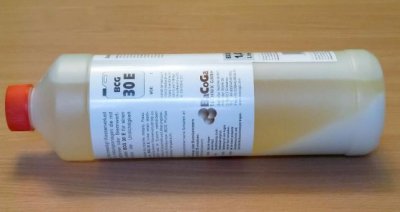
Liquid sealant in the heating system - self-hardening solution, which is used to seal seams and small holes in pipes.
The substance is a thick liquid that is poured into pipes; when it comes into contact with air, it hardens, which leads to sealing and eliminating leaks in the pipes.
Liquid mixtures in heating systems are used in the following cases:
- When it is impossible to detect the location of the leak.
- A leak is detected, but it cannot be fixed by soldering or a clamp.
- When installing pipes in closed insulated systems, when there is no external access to the pipes.
- When the use of other methods is difficult due to the risk of damaging the integrity of walls and floors.
Due to their properties, liquid mixtures are used in everyday life not only for repairing pipes and heating systems. The compositions are also used for sealing cracks and crevices in walls, plumbing systems, car engines, etc.Liquid compositions tolerate mechanical deformation well, and their properties do not depend on the ambient temperature (with the exception of acrylic ones).
Chemical inertness and temperature resistance allow the use of sealants in heating systems, where water is used as a coolant.
If antifreeze circulates in the heating system, then It is recommended to buy a sealant that matches the temperature properties of the antifreezeIt is a good idea to buy a thiokol compound, as it can withstand large temperature differences. During pipe sealing, antifreeze is removed from the heating system, as most even the most flexible sealants become heat-resistant after complete hardening.
Attention! Liquid mixtures seal cracks well, but there is no point in using them against large holes.
What to rely on when choosing
To eliminate leaks in heating pipes, almost any sealant (acrylic, silicone, etc.) is used.
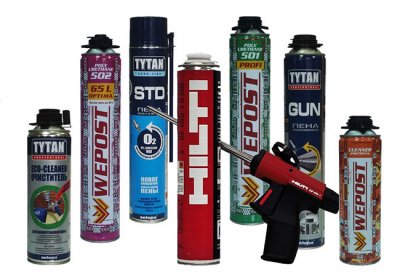
When choosing the optimal substance, pay attention to the price, temperature conditions, resistance to water and mechanical deformation.
And also remember some subtleties:
- If the heating system is not located inside the house, it is advisable not to use acrylic sealant, since it does not tolerate water and mechanical damage well (for example: if water gets into a crack during prolonged rain, it will cause the material to crack).
- Acrylic sealant is also not recommended for use when a powerful heating boiler is installed, since the product may crack at very high temperatures. It is better to give preference to heat-resistant silicone and thiokol mixtures.
- It is recommended to use for sealing threaded connections silicone and thiokol sealants, because after hardening they do not deform and do not clog the threads.
Reference. In everyday life, it is recommended to use for solving most problems silicone sealant, as it has good performance characteristics and low price.
Selecting a high-temperature sealant for a boiler and heating system in a private home
If the heating boiler is not located in the house, but outside in a separate extension, then the temperature regime of the pipes connecting the boiler and home radiators is taken into account. This point is especially critical for northern regions, where the temperature drops in winter below -30 degreesIn such cases, it is recommended to give preference to thiokol types. In addition, silicone mixtures, which include additives that improve temperature properties, are suitable.
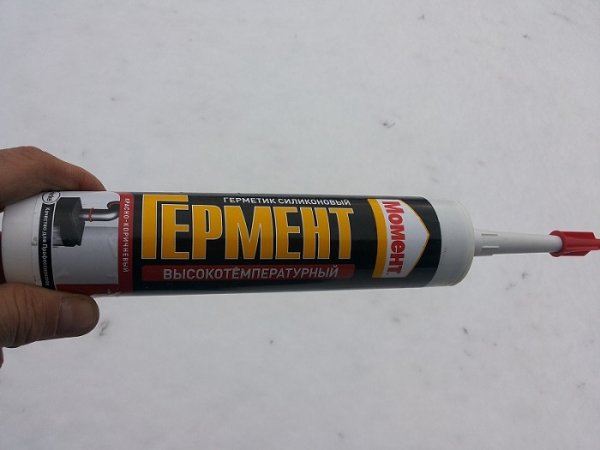
Photo 2. High-temperature silicone sealant Moment, used for heating boilers. The substance is red-brown in color.
If a crack appears in the boiler, seal the equipment using a high-temperature composition. To accomplish this task, the following are used: thiokol and silicone mixtures.
And also suitable for this purpose anaerobic heat-resistant sealant. Anaerobic mixtures have a slightly different mode of action, so they tolerate high temperatures better and harden quickly. The main disadvantage is the rather high price, but the use of anaerobic sealant is fully justified in emergency cases.
Preparatory work before filling batteries and pipes
First, choose the best sealant that will suit your system. Before buying, pay attention to the consumption of the active substance. For every 60 liters of water coolant in pipes is required about 1 liter of sealant, however, these figures may differ depending on the type of sealant. To determine the volume of the coolant, multiply the cross-sectional area by the total length of the pipe. Also add to this figure the volume of the radiators and the boiler (this information is specified in the installation passport).
Important! The calculation can be done by direct measurement — for this, all the water is drained from the pipes and the volume is measured using containers of a known size. This method is more labor-intensive, but more reliable.
The process of setting up for filling
Complete the process of setting up the system for filling:
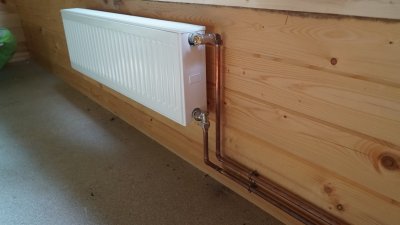
- Remove air from the heating system, since premature solidification will lead to the formation of unwanted clots in the system.
- If the system has filters, That dismantle them, so as not to disable the system.
- Open all heating system tapsto ensure that the sealant penetrates every work area.
- Install an automatic pump on the first radiator.. Turn it on 1-2 hours, to warm up the pipe and remove any remaining air (the optimum pressure level is 1 bar).
Filling procedure
After this, proceed to pouring:
- Prepare a large container to prepare the solution.
- Pour the required amount of water into it.
- Add sealant And stir the solution.
- Right away inject the solution into the heating system using a pumpto minimize contact of the sealant with air.
- Start the heating system in normal mode. (optimal water temperature - not less than 50 degrees).
- You need to drive the sealant with the coolant for at least 4 days, A on the 5th day It is recommended to carry out control measures to check whether the sealing is effective or not.
Useful video
Watch a video that shows how to fix a leak in a heating system using liquid sealant.
Effectiveness of sealants in case of leaks
Sealants - good connectors for fixing leaks in pipes. Experienced engineers claim that if the sealing rules are followed, it is possible to seal cracks with sealant. in 90% of cases. However, the use of the product must be justified from an economic and engineering point of view. For example, if you know the location of the crack and have access to it, it is recommended to seal it with welding.
Another example: the leak occurred due to the formation of a large hole in the system - in this case, the use of a sealant is impractical, since it only seals small cracks.







